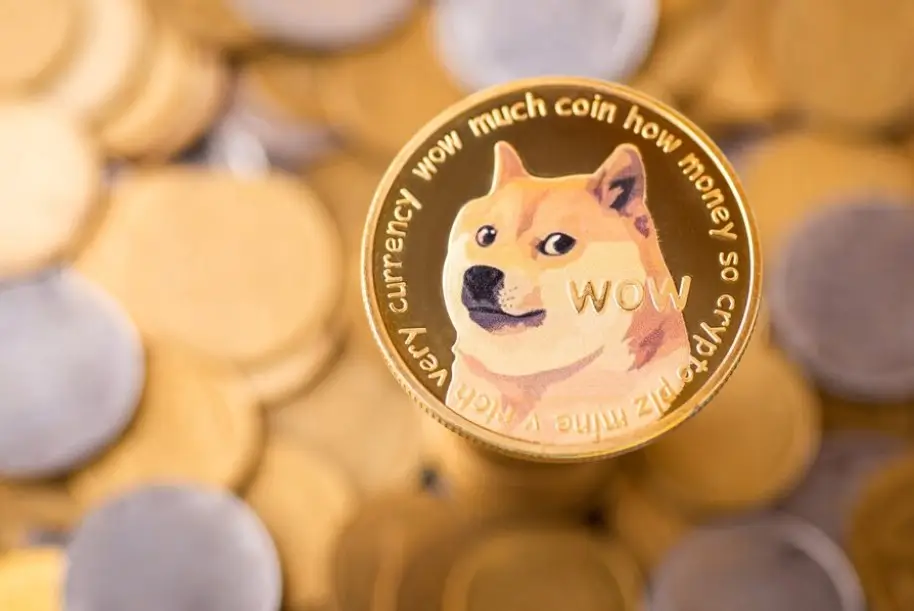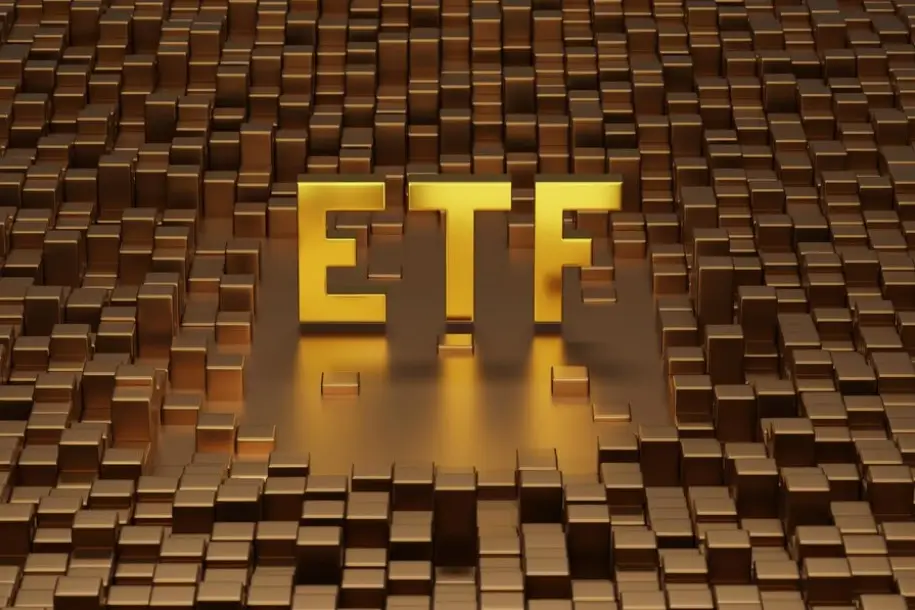Digital money, also called digital currency, is any kind of payment or money that can only be sent or received electronically. It is mostly handled, saved, and traded on computers, usually online. It doesn’t have a physical form like a bill, check, or coin. Instead, it is tracked and sent using computer numbers.
Just like technology changes over time, so does the idea of money. The rise of digital money has changed how we think about and handle money transfers in this digital age. There are now many types of digital currencies, such as cryptocurrency, virtual currency, and digital currency issued by central banks.
People usually use electronic wallets or certain networks that are linked to the internet to send and receive these currencies. Digital money has some benefits, like making it easy to send money to others and lowering the cost of transactions, but there are also worries about how volatile it is and how easy it is to hack. As digital currencies issued by central banks become more popular, people are wondering if they will eventually replace cash and how that will affect countries around the world. Also, the creation and use of digital money will have a big impact on how financial systems work in the future.
What Is Digital Money
Digital money, which is also called “digital currency,” is any kind of money or payment that can only be used electronically. Cash and coins are examples of traditional money. Digital money, on the other hand, takes no real form. Instead, computers or digital systems use electronic codes to make, store, and send it.
Digital currencies come in many forms, such as cryptocurrencies like Bitcoin, virtual currencies, and digital currencies issued by central banks. Most of the time, computers or electronic wallets are used to handle, store, and send these currencies over the internet or other networks. Digital currencies have a lot of benefits, like making it easy to send money to other people and lowering the costs of transactions.
On the other hand, they have some problems, like being unstable and easy to hack. The International Monetary Fund says that central bank digital currencies (CBDC) could replace real money in places where it costs a lot to use cash. CBDCs are the digital version of a country’s fiat currency. They are given by the central bank of a country.
They make it easier for people to get access to financial services and make monetary and economic policies easier to put into place. For this reason, digital money is very important in this digital age because it changes how we use and deal with money.
What Is Digital Currency Example
Digital currency, which is also called “digital money,” is any kind of money or something that can be used as money that is mostly managed, stored, or traded online. To this group belong cryptocurrencies like Bitcoin, as well as virtual currencies and digital currencies issued by state banks. Digital currency transactions are usually done on computers or mobile wallets that are connected to the internet or certain networks.
One of the best things about digital currency is that it makes it easy to send money and lowers the cost of transactions. But digital coins can also go up and down in value and be hacked. It is important to keep in mind that digital money only appears in digital form and not in the form of coins or bills.
Central bank digital currencies, which are released by a country’s monetary authority, help more people get access to money and make it easier to follow monetary and fiscal policies.
How Does Digital Currency Work
Digital currency, which is sometimes called “digital money,” is a type of asset or currency that is mostly handled, saved, or traded on computers, usually online. There are different kinds, like cryptocurrency, virtual currency, and digital currency issued by central banks.
Electronic wallets that are connected to the internet or certain networks are used to buy and sell digital currencies. Cryptocurrency payments are made with digital entries in an online database. All transactions are kept in a public ledger. Digital money is now used in some countries, like The Bahamas, Jamaica, and Nigeria.
One of the benefits is that it makes it easier to transfer wealth and lowers the cost of doing business. Digital currencies issued by central banks could replace paper money and make the economy more stable. A central bank digital currency also makes it easier to adopt monetary and fiscal policies, which helps more people get access to money.
Countries With Digital Currency
Digital currency, which includes things like cryptocurrency and digital currency issued by central banks, is changing the way people buy and sell things in the modern world. A number of countries, including The Bahamas, Jamaica, and Nigeria, have already switched to digital currency. These countries have already seen benefits like easier value transfers and lower transaction costs.
Digital money is reliable and efficient, and it could be used instead of cash in places where keeping cash on hand costs a lot. Digital currencies are controlled by central banks to help more people get access to money and make financial policies easier to understand. They work through electronic codes on computers.
The development of digital money is a big step toward a more digitally accessible and effective financial system.
Digital Currency Vs Cryptocurrency
Any kind of money or asset that is mostly managed and traded online is called digital currency. There are many kinds of this, like cryptocurrency, virtual currency, and digital currency issued by central banks. Electronic wallets and computers that are linked to the internet or certain networks make it possible to buy and sell digital currencies.
Digital currency transactions are recorded in online databases instead of real cash. This has benefits like making it easier to transfer value and lower transaction costs. Especially digital currencies issued by central banks could replace cash in places where it is expensive to carry cash.
Overall, digital money works through computer codes and is a more modern way to pay than cash.
Types Of Digital Money
Digital currencies are things like Bitcoin, Ethereum, Litecoin, and Ripple. Digital currency, on the other hand, works online and doesn’t have a physical form. Computers and the internet are used to store, control, and send it. Cryptocurrency, virtual currency, and central bank digital currency are all types of this type of money.
Electronic wallets that are linked to the internet or certain networks are used for transactions. Digital currencies have benefits, like making it easy to send money to other people and lowering the costs of transactions. They do, however, come with problems, such as being unstable and easy to hack. With the rise of central bank digital currencies, people are talking about how they might replace real cash, especially in places where it’s expensive to use cash.
These digital forms of money are released by a country’s central bank. They could help more people get access to money and make it easier to follow monetary and fiscal policies.
Central Bank Digital Currencies
Digital money, which is also called “digital currency,” is any kind of money or payment that can only be used electronically. Digital money, on the other hand, doesn’t have a real form like coins or bills. Instead, it is tracked and sent using computer codes.
Central bank digital currency (CBDC) is a type of digital currency that is getting a lot of attention. CBDC is the digital version of a country’s paper currency, which is given out by the central bank of that country. Using CBDC makes it easier for monetary and economic policies to be carried out and encourages more people to have access to money.
People think that CBDC could replace real money, especially in places where cash is hard to get and expensive to use. In addition, digital currencies like CBDC have benefits like lower transaction costs and easy value transfer. But it’s important to remember that digital currencies can also go down in value and have security holes.
Cryptocurrencies
Digital currency, sometimes called “digital money,” is any form of money or an asset that can be used like money that is mostly managed, kept, or traded on computers, especially over the internet. Cryptocurrency, virtual currency, and central bank digital currency are some of the different kinds of digital currency.
Computers or electronic wallets that are tied to the internet or certain networks are used to make transactions with digital currencies. One good thing about digital currencies is that they make it easy to send money to other people and lower the cost of doing business. But they can also be unstable and easy to hack.
The central bank Digital currencies could eventually replace real money, especially in places where it’s expensive to use cash. Digital money doesn’t appear in the form of bills or coins; it only exists in electronic form. For keeping track of it and sending it, machines use electronic codes.
Overall, digital currency is changing the way we think about money and could completely change the way the world’s money system works.
Stablecoins
Digital money, also called digital cash, is any kind of money or cost of goods that can only be used online. Digital computers, especially those connected to the internet, are used to handle, store, and send it. Cryptocurrency, virtual currency, and stablecoins are all types of digital monies.
Computers or electronic wallets that are connected to the internet or other networks are used to send and receive digital cash. Digital money doesn’t have a physical form like a bill, check, or coin. Instead, it is tracked and sent using computer numbers.
Central bank digital currency, or CBDC, is the digital version of a country’s fiat currency. It is released by the country’s central bank. This kind of money helps more people get access to money and makes it easier to use monetary and fiscal policies, which could make the economy more resilient in the face of many problems.
Disadvantage Of Cryptocurrency
Digital currencies, like cryptocurrency, have many benefits, such as making it easy to send money and lower processing fees. There are, however, some problems to think about as well. Digital currencies can change value quickly, which can make trading results difficult to predict. They can also be hacked, which puts transaction security at risk.
Even though it might have some problems, the rise of digital money is changing the way money works and has led to debates about whether it could eventually replace cash. It is important to understand what this digital shift in the way we handle and trade money means as central bank digital currencies continue to grow in popularity.
Frequently Asked Questions Of Digital Money
Will Digital Currency Replace Cash?
Digital currency could be used instead of cash, especially in places where using cash is expensive. Digital currencies issued by central banks (CBDC) can be used instead of cash and be more secure. When you use this kind of money, transactions are recorded digitally and happen through electronic wallets or networks that are connected to the internet.
How Does Digital Money Work?
Digital money, also called “digital currency,” is a way to pay electronically that doesn’t come in the form of bills or coins. Computers use electronic codes to send and receive it. It can be managed, saved, and traded on digital systems, especially over the internet. Cryptocurrency, virtual currency, and central bank digital currency are all types of digital money.
Who Controls Digital Money?
A country’s central bank issues and manages the digital form of its paper currency, which is called digital money.
How Do I Make My Own Digital Money?
Figure out what your digital money will be used for, make a blockchain, and protect a network. Set the rules, and then give out the money. Then, support and encourage people to accept it.
What Is Digital Currency?
Cryptocurrency, virtual currency, and digital currency controlled by central banks all fall under the category of digital currency.
Conclusion
How we think about and use money is changing a lot because of digital money. It has many benefits, including making the transfer of value easy and lowering the prices of transactions. As central bank digital currencies keep getting better, they might eventually take the place of paper money. This digital form of money, which is handled and sent using computers, changes the way money is handled and traded.
















